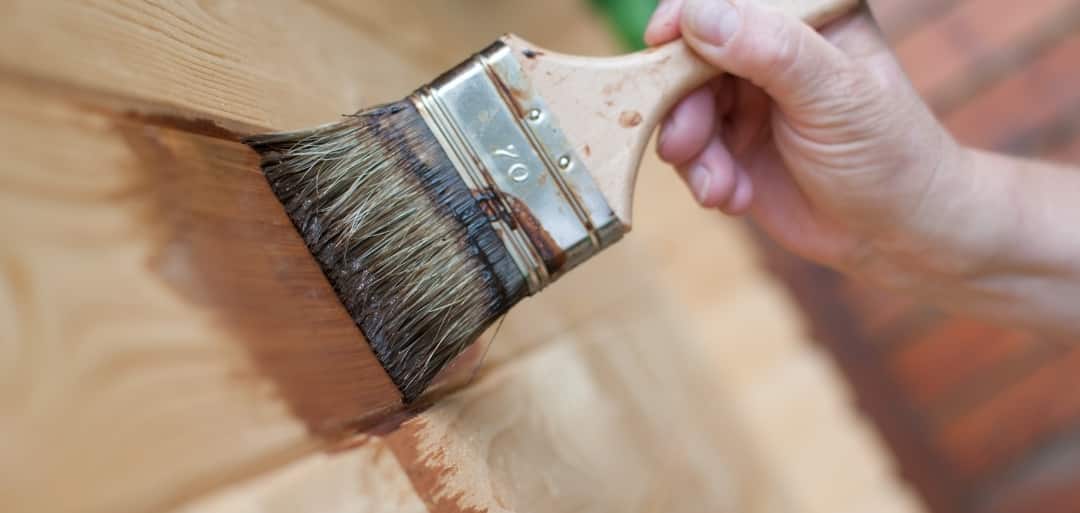
To paint or not to paint? Your chicken coop may be seen as an extension of your home’s overall theme. Adding color to your structure may seem like a tempting way to connect your property structures. However, before adding your favorite color of paint, there are a number of considerations to take beforehand.
As with any chicken coop, the wood your coop is built with makes a dramatic difference in longevity and looks. Often times a coop that requires painting is due to its lack of wood strength or unattractive aging appearance. Additionally, painting your coop may not be safe for your flock members either. Therefore, what is a wood that is ideal for chicken coops, especially when left unpainted?
Cedar is a premium-priced premium grade product and will perform in its natural unfinished state as good or better than any domestic wood. Left natural and unsealed, it will “patina” to that grey finish that we all know cedar to look like when it is aged.
Preserving Color:
When new, cedar has that fresh-cut gold tone that many people want to preserve. To maintain this color, choose a clear or gold-tone transparent product that does not seal the wood, but rather stains the wood and allows the wood to continue to “breathe” absorbing water and drying out. These products will require reapplication every 4-8 years. Maintaining the golden look depends on the service circumstance and quality of the product as well.
Adding Color:
Traditional painting is not recommended for cedar because invariably a pinhole will develop. A crack in the paint allows moisture into the core of the coop’s wood which then becomes trapped. The trapped moisture will then accelerate the rotting of the wood.
If you’re looking to add color, simply get a stain product with color added in a semi-transparent (allows some grain to show through) or “solid” formula which looks more like painting but still allows breathing of the wood.
We recommend a LOW or NO VOC product because of the proximity to the chickens and eggs. There are excellent silicon-based liquid sealant products that “harden” the surface of the cedar and preserve it for an extended service life… but they do not stop the patina from occurring. If you don’t mind the grey coloring but want to extend the service life of the wood, these are the best products to use.
Longevity:
Left natural you should expect to get 8 years on the low side, 10 years on average. In certain regional climates, as much as 15 years of service life from cedar can be expected. Certainly, our products are repairable if for some reason one piece rots faster than another. Cedar lasts a long time.
Sealed and properly resealed cedar can easily last in the 15-30 year service life range depending on the particular climate that you live in.
Wood rots from wet-dry cycling. Sealing cuts down on that cycling and some climates just have fewer annual wet-dry cycles than others. Lifespan is just a function of cycles.
For more information on why we prefer building our coops with cedar, visit our blog post here that goes into detail on all of the benefits that come with building with this superior wood.
We hope you enjoyed learning more about the alternatives and reasons for painting and not painting your Round-Top Coop. Have questions or comments regarding anything mentioned in this article, please feel free to email us at support@roostandroot.com


